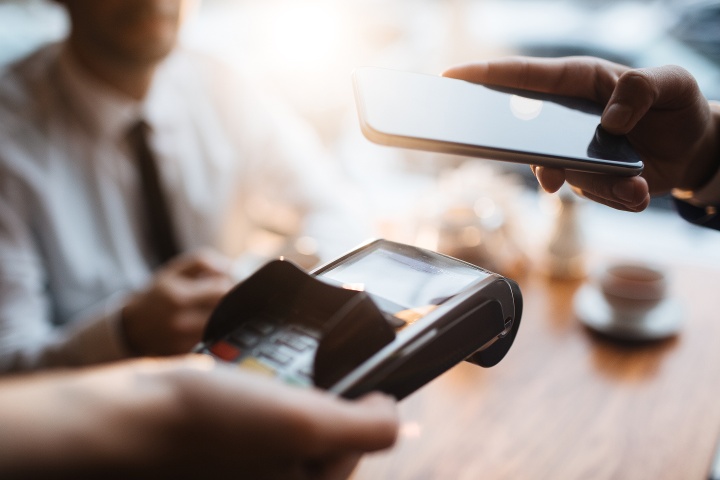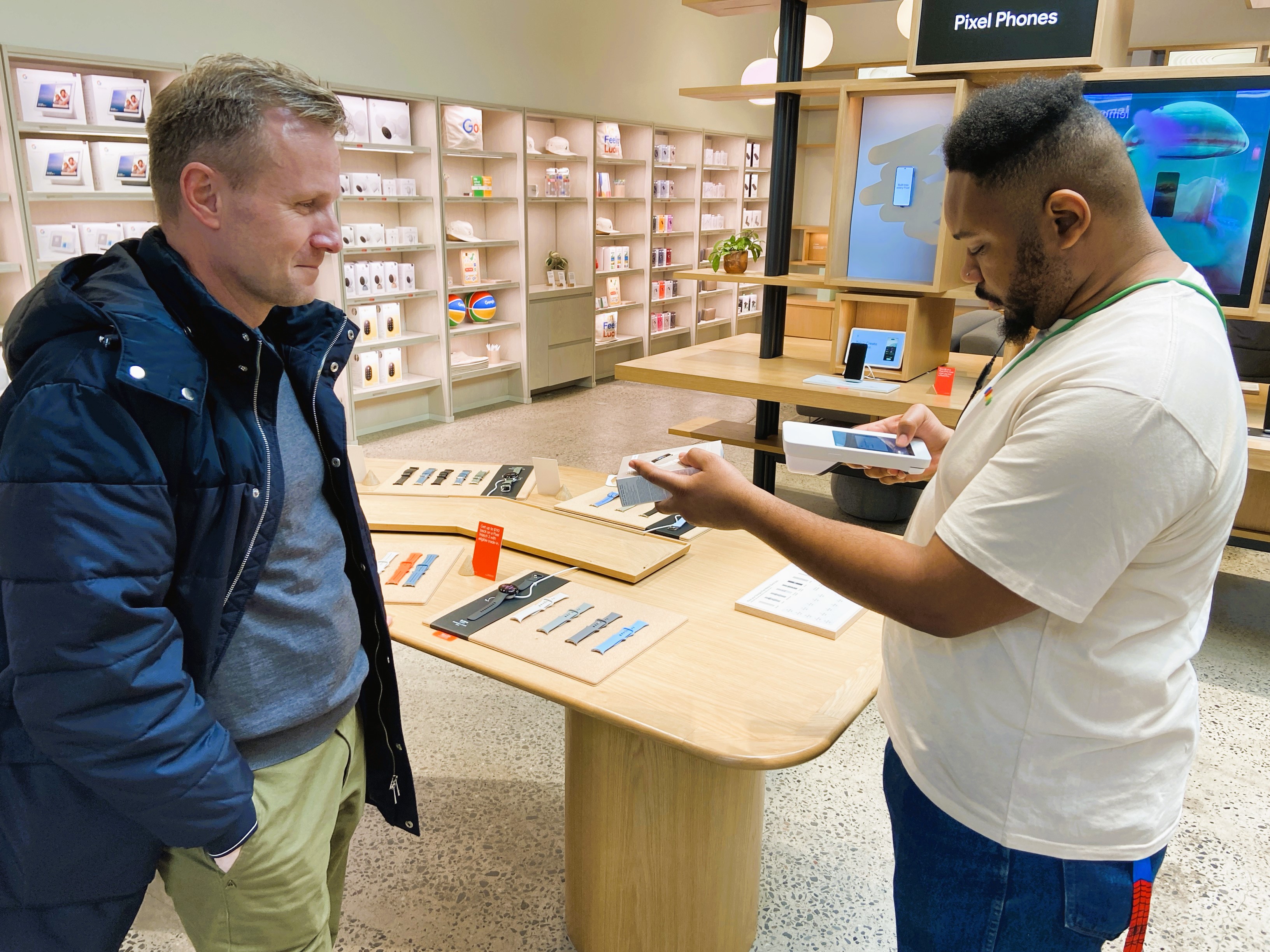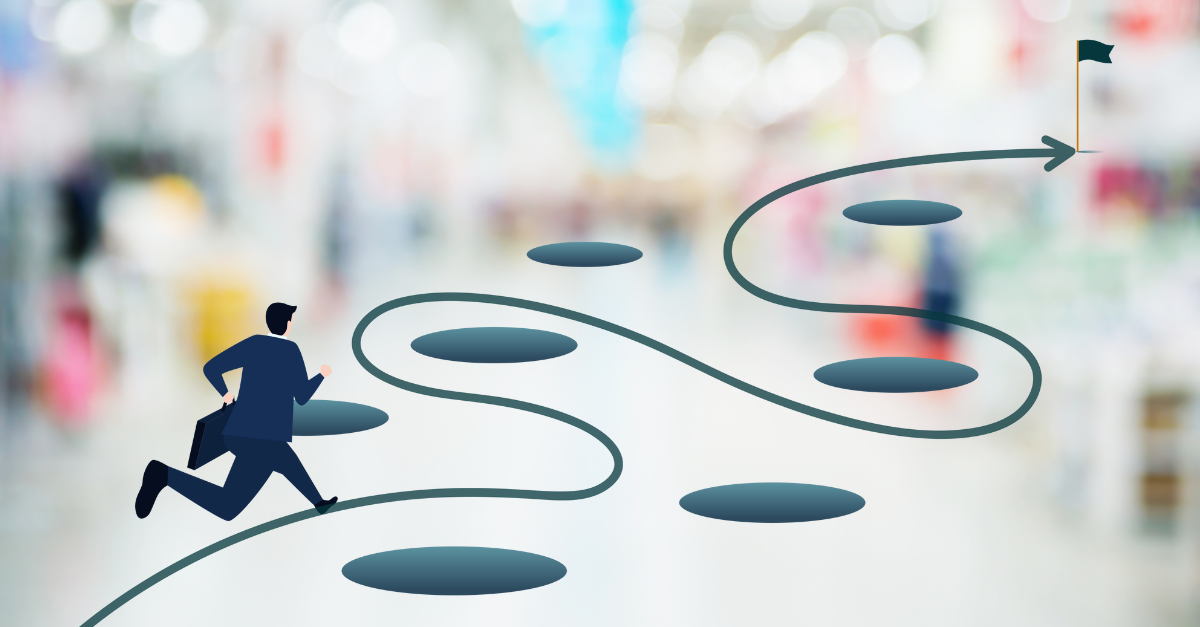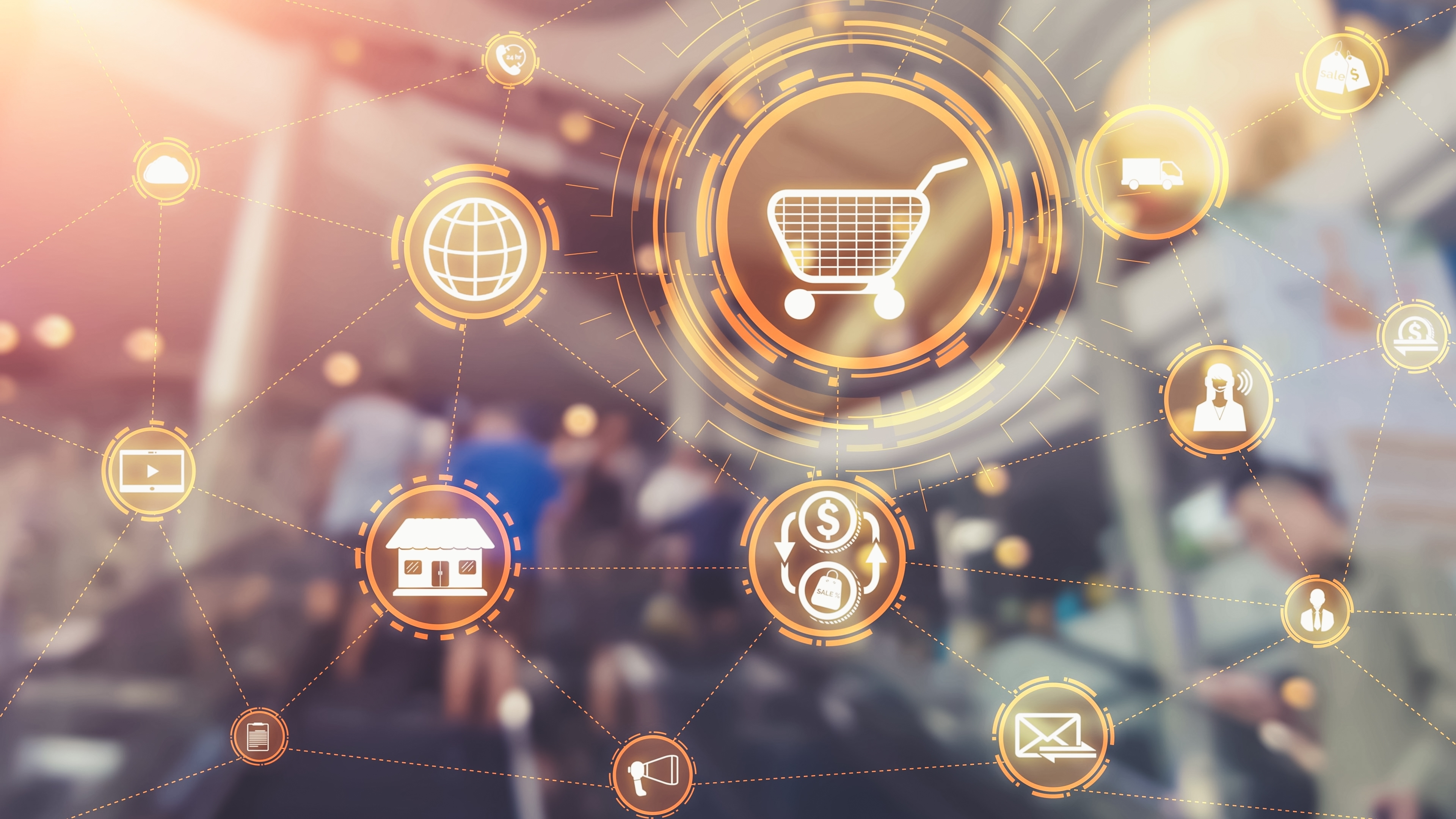In this blog post, we review 3 consumer trends we believe have come to stay.
Consumer habits are controlled by 4 primary conditions
According to marketing professor Jagdish Sheth, consumer behavior is more or less repetitive - consumers develop consumption habits over time. This applies to what is purchased, where and when, and how information is sought before purchase. Although consumer behavior is repetitive, it can be controlled or disturbed by four primary conditions.
- The first is a change in the consumer's social life - for example, having a child or getting married.
- The second context is new technology. Here it is obvious to talk about the Internet and the breakthrough of e-commerce, which has changed the way we shop.
- The third is new rules and regulations - the purchase of cigarettes and alcohol, e.g., areas that have been continuously regulated depending on age, location, etc.
- The fourth and final is the least predictable condition and revolves around ad-hoc natural disasters like earthquakes, hurricanes, or global pandemics such as Covid-19.
When time and place change, so does consumer behavior
Sheth points out that all consumer behavior depends on time and place. Consumer behavior will vary depending on what the consumer's day of work looks like - when is there time to shop? Therefore, we saw a change in the overall consumer behavior when women entered the job market. Consumer behavior will also vary depending on the surroundings - what shopping opportunities are nearby? Because of the increase in working from home and various lock-downs, consumers have been given more flexibility to shop at the same time as physical shopping opportunities have been limited.
Consumer behavior that (thankfully) came and went with Covid-19
The first immediate effect on consumer behavior we saw during the pandemic was "hoarding." Most people remember the panicky scenes in various supermarkets when Mette Frederiksen closed the country in March 2020. Fortunately, this was a behavior that consumers got rid of quickly, and therefore certainly not something we should expect to experience on the other side of Covid -19.
What consumer trends will survive Covid-19?
However, the lock-downs have also meant that consumers have discovered alternatives that are more convenient and affordable - and it is precisely these alternatives that we believe will become prolonged consumer trends. Below, we review 3 consumer trends we think will survive Covid-19.
1. Online grocery shopping
The lock-downs have moved a large part of the consumption online. Many have opened their eyes to the convenience of purchasing from home or on the go, 24 hours a day, and with delivery directly to the door. According to the e-Commerce analysis from Dansk Erhverv Digital, Danes' total e-Commerce increased by almost 26 percent from the first half of 2020 to the first half of 2021. A study from Retail Institute Scandinavia shows that e-Commerce with groceries has grown by 52 percent from 2019 to 2020. The level is maintained even though society is almost back to normal. Therefore, Retail Institute Scandinavia points out that there is excellent growth potential in online grocery shopping - on the other side of Covid-19. More specifically, their forecast says that online grocery shopping will have an average annual growth rate of approx. 13 percent. Today, however, the majority still prefer to purchase their groceries in physical stores (81 percent).
2. Shopping across online and offline channels
The fact that consumption has increasingly moved online does not mean that consumers have quit shopping in physical stores. Many people prefer to combine online and offline channels when shopping. For example, more and more people research online before visiting the physical store. The purpose is usually to find out which store has the best products at the best prices. The other way around, some consumers visit physical stores to view a product in real life and afterward order it at the best price online.
Click and Collect is an omnichannel service that has grown big during the pandemic. Adobe Analytics shows that the number of Click and Collect orders in the US, April 2020, grew by 208 percent compared to April 2019. However, the service was a growing trend even before Covid-19. In a survey conducted by e-Marketer from 2018 with consumers from all over the world, 81.4 percent answered that they have ordered products online and picked them up in a physical store. This is an increase of 30 percentage points from the previous year. In general omnichannel shopping trips and Click and Collect is an accelerating trend in retail and will most likely still be here on the other side of Covid-19.
Do you want to know more about what omnichannel is and entails? Read here as we go in-depth with the question: What is omnichannel?
3. Contactless payment
Covid-19 has increased the demand for contactless payment. When the pandemic broke out, the government called for all payments to be made contactless. According to Nets, contactless payments went from 57 percent of all card payments in January 2020 to 75 percent in October 2020.
Contactless payment, however, was an upcoming trend even before the pandemic, and which to a greater extent marks a generational change among consumers. In a survey by the Pew Research Center, one-third of young adults answer that they never pay with cash. In particular, the consumers belonging to the Millennials generation are contactless payers. One in 10 Millenials uses their "mobile wallet" for every purchase - either online or in-store. Contactless payment is, therefore, a consumer trend that will, in all probability, also stand strong on the other side of Covid-19.
The contactless payment brings some great benefits that do not just relate to eliminating potential sources of infection. They increase the speed of transactions. On average, a contactless payment lasts about 15 seconds, which is at least twice as fast as a regular payment. Payments made at a faster pace reduce the chances of long lines and increase the chances of improving revenue.
For the consumer, convenience is the most significant benefit of making contactless payments. In addition to the transactions completed quickly, contactless payments are often not limited to cards but can also be made via, for example, the telephone. This means that the consumer does not have to take the card out of their pocket, or even bring their wallet, when making a transaction.




